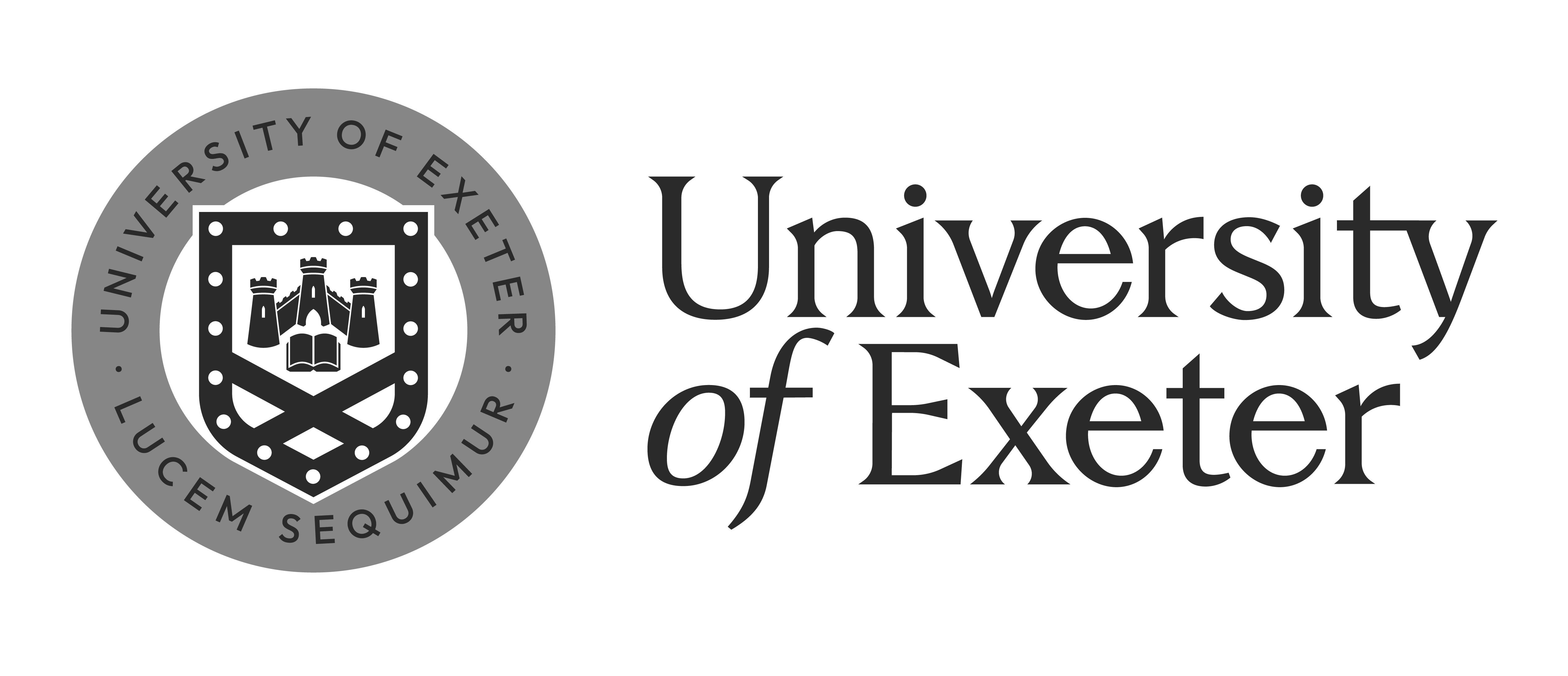F2520 Conspiracy? Fact and Anti-Fact in the Global Information Age
Professors
Schedule
Course Description
Disinformation and conspiracy theories are not a consequence of Web 2.0. They were prominent in Ancient Greece and have been linked to hunter gatherer societies. After the small-pox vaccine was developed in the 18th century it was rumoured that taking it would make you grow horns.
Conspiracy theories not only pertain to harms of scientific progress but also to scientific progress being withheld, such as the conspiracy theory that a cure for cancer is being deliberately kept secret from the public. Conspiracy theories appear to serve a universal psychological need for agency and certainty, among other psychological needs, in a threatening and uncertain world.
Although the development of the internet and social media are not themselves responsible for the spread of disinformation and conspiracy theories, nor their psychological appeal, they have removed the need for physical proximity to enable their spread. Thus, the rumours and disinformation that feed conspiracies have become more sophisticated and targeted with the advent of the internet and, it seems, more prevalent. This presents challenges for scientific progress that relies on public trust and participation.
This course will examine disinformation and conspiracy theories and their impact on science (as well as science’s impact on conspiracy theories), with a specific focus on medicine and vaccines. It will begin by exploring the psychology of conspiracy theories, before turning to evidence pertaining to the history and universality of conspiracy theories across societies. The course will then turn to case studies of conspiracy theories and vaccines prior to the internet 2.0, including the smallpox vaccine in the 18th century and the MMR vaccine in the late 20th century. The latter part of the course will shift focus to the internet and social media era, beginning again by looking at them from a psychological angle, e.g., Facebook and the influence of social pressure on beliefs, before examining vaccine hesitancy during the Covid-19 pandemic as a final case study. The course will conclude by considering how societies might combat disinformation in order to enhance scientific progress.
Learning outcomes of the course
Upon successful completion of this course, students should be able to:
(1) identify and discuss conspiracy theories through history
(2) place contemporary conspiracy theories in the global information age in context in presentations and written work.
(3) synthesize and critique major theories and arguments in the field.
(4) critically evaluate the implications of research and evidence for a given theory or historical account.
Syllabus
Conspiracy theories before vaccines
• Ancient Athens and the Roman Empire
• Conspiracy theories before vaccines: Middle Ages
Conspiracy theories about diseases and vaccines
• Smallpox
• HPV
• Polio
• MMR vaccine
• Monkeypox
• Covid-19
Conspiracy theories about cures withheld
• HIV/AIDS
• Cancer
The psychology of conspiracy theories
• Influences on beliefs in conspiracy theories
• Who are the conspiracy theorists?
• The role of the global information age
Combating disinformation and conspiracy theories
• Correcting disinformation, misinformation and malinformation
Teaching Assessment
This course will be assessed by a combination of:
Class participation (20%): asking questions (in-class or by email before class), answering questions in class, discussing readings.
Case study (1000 words) (20%): Students will be asked to write a short historical case study, drawing on academic sources, of a pre-internet vaccine conspiracy theory.
Essay (3000 words) (60 %): Students will be asked to write an essay in the form of a policy proposal for reforms designed to combat disinformation, using the history and psychology covered during the course as evidence.
Bibliography/Recommended Reading
Andrade, Gabriel. 2020. “Medical Conspiracy Theories: Cognitive Science and Implications for Ethics.” Medicine, Health Care and Philosophy 23(3): 505-518.
Aquino, Francesco, Gabriele Donzelli, Emanuela De Franco, Gaetano Privitera, Pier Luigi Lopalco, and Annalaura Carducci. 2017. “The Web and Public Confidence in MMR Vaccination in Italy.” Vaccine 35(B):4494–4498.
Brotherton, Rob. 2016. Suspicious Minds: Why We Believe Conspiracy Theories. London: Bloomsbury Sigma.
Carey John, Andrew Guess, Peter Loewen, Eric Merkley, Brendan Nyhan, Joseph Phillips, and Jason Reifler. 2022. “The Ephemeral Effects of Fact-Checks on COVID-19 Misperceptions: Evidence from the United States, Great Britain, and Canada.” Nature Human Behaviour 6: 236-243.
Covolo, Loredana, Elisabetta Ceretti, Chiara Passer, Michela Boletti, and Umberto Gelatti. 2017. “What Arguments on Vaccinations Run through YouTube videos in Italy? A Content Analysis.” Human Vaccines & Immunotherapeutics 13:1693–1699.
Grimes, David. 2016. “On the Viability of Conspiratorial Beliefs.” PloS One 11(3): e0151003.
Poland, Gregory, and Robert Jacobson. 2011. “The Age-Old Struggle against the Antivaccinationists.” New England Journal of Medicine 364:97–99.
Hellinger Daniel. 2019. “Conspiracy and Conspiracy Theories in the Ae of Trump.” In Michael Butler and Peter Knight (eds.), Routledge Handbook of Conspiracy Theories. London: Routledge.
Roisman Joseph. The Rhetoric of Conspiracy in Ancient Athens. Los Angeles: University of California Press; 2006.
Uscinski, Joseph (ed.). 2018. Conspiracy Theories and the People Who Believe Them. Oxford: Oxford University Press.
Wood, Michael, Karen Douglas, and Robbie Sutton. 2012. “Dead and alive: Beliefs in Contradictory Conspiracy Theories.” Social Psychological and Personality Science 3(6): 767-773.
Last updated: Julyy 16, 2025


















